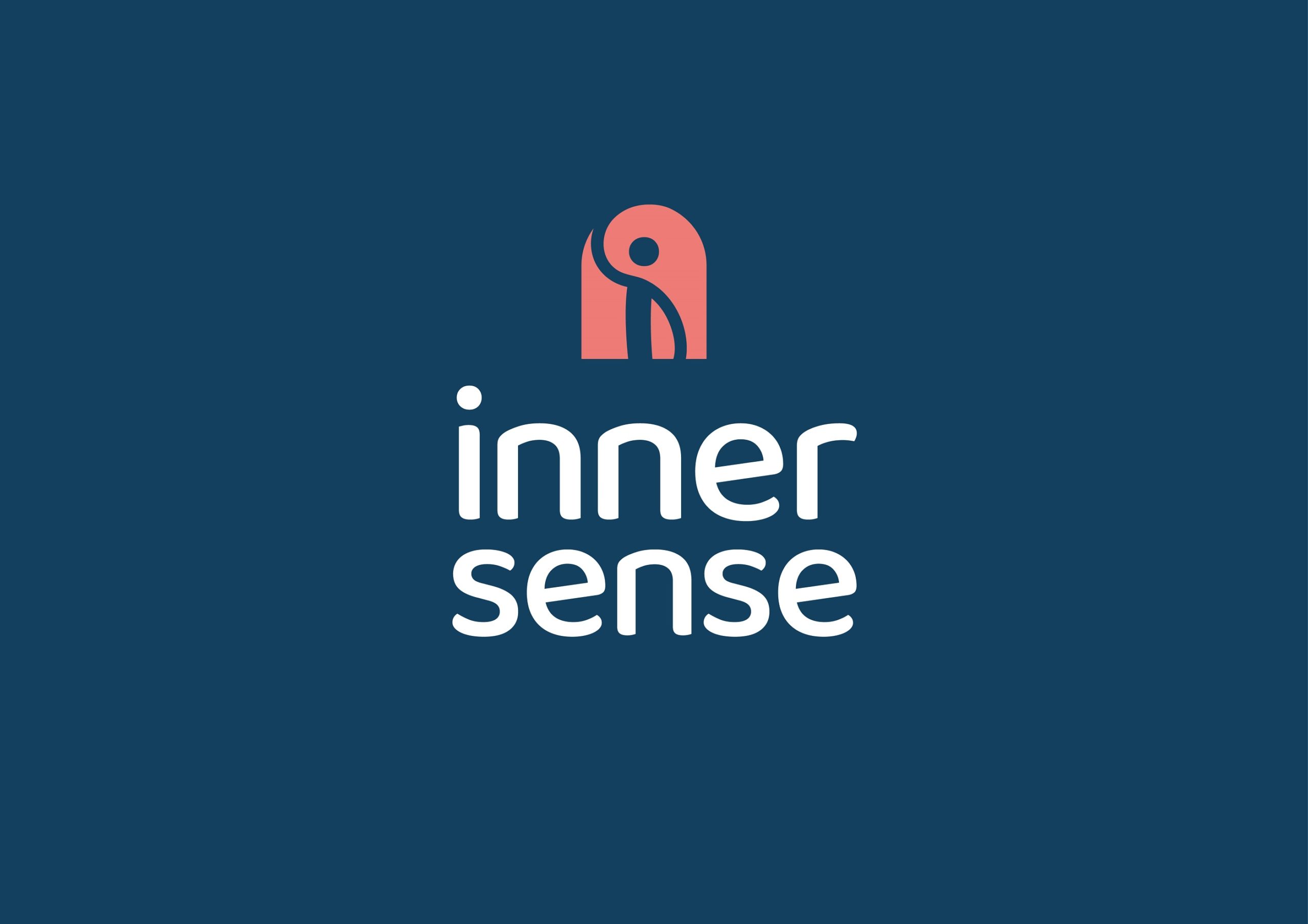As we touched on in a previous post, intermittent fasting activates a whole host of health-boosting processes in the body. In this article, we take a more detailed look at two of the most talked about: autophagy and ketosis.
Autophagy – Live, Fast, Die Old
Autophagy is a form of cell renewal that’s really catching the attention of the scientific community. So, what’s all the fuss about?
Normally, when cells in the body age, they are programmed to die after a certain amount of time. As this happens they are gathered up and disposed of by white blood cells. Intermittent fasting, on the other hand, induces autophagy. This process allows cells to recycle themselves from the inside, while worn out components are dismantled and used as raw materials elsewhere in the body.1
On the whole, autophagy can be considered a much more sustainable approach to cell renewal. It has been used to help treat chronic diseases and is linked to greatly increased life expectancy for a number of organisms.2
Ketosis – Chewing the Fat
The body’s first port of call for energy are carbohydrates, which include simple ‘sugars’ such as glucose and fructose. However, intermittent fasting forces the body to switch to fat burning, where fat molecules are broken down into smaller pieces and used as energy. This state is known as ketosis.
As you can imagine, it’s a great weight loss tool and has also been used for many years to treat certain types of childhood epilepsy.
The million-dollar question, of course, is: how much fasting does it take to enter ketosis? In my experience, it depends on a number of factors that can vary from day-to-day, like:
- The amount of glucose stored in your body
- Your metabolic rate
- How active you are while you fast
So, to help me track my progress, I use a Keto-Mojo ketosis monitor.
There are other monitors available, but I’ve tried and tested this one and find it really effective and straightforward. The device measures the ratio of ketones and glucose in your blood to provide you with a Glucose Ketone Index (GKI) score, which lets you know whether you’re in ketosis.
Once you get in tune with how you feel during ketosis, you can also look out for cues from your body. For me, these are things like improved focus and better clarity of thought.
Are Autophagy and Ketosis for Me?
Intermittent fasting is completely natural and can be highly beneficial for your health and wellbeing. So, if you’re relatively fit, healthy and want to experiment with activating autophagy and ketosis, I’d definitely recommend giving it a go.
That said, it’s always important to take care with how much and how long we fast, so ease into it gently at first. And, if you’re using intermittent fasting to treat a chronic illness, you should seek supervision from a clinician.
Intermittent fasting is also best avoided if any of the following apply to you:
- You’re aged below 20 or above 70.
- You’re pregnant or breast feeding.
- You have an existing eating disorder.
- You’re underweight (have a Body Mass Index of less than 18).
Find Out More
If you found this post interesting, please sign up to my newsletter, as we’ll be looking at other aspects of fasting in future posts.
And if you want more health and wellbeing advice, you can download two free chapters from my book Restoring Balance.
15% Discount on Keto Mojo Monitor – plus affiliate disclosure
I am pleased to offer readers of this article a 15% discount on Keto-Mojo Meter Kits. The 15% discount is applied at checkout, at the end of your purchase. I earn a small affiliate commission for my company, Thrive and Enjoy Ltd – if a sale of the product occurs.
I became good friends with the owners of Keto-Mojo after meeting them at a health event in London.
If I share an affiliate link to a product, it is for something that I personally use, support and would recommend.



